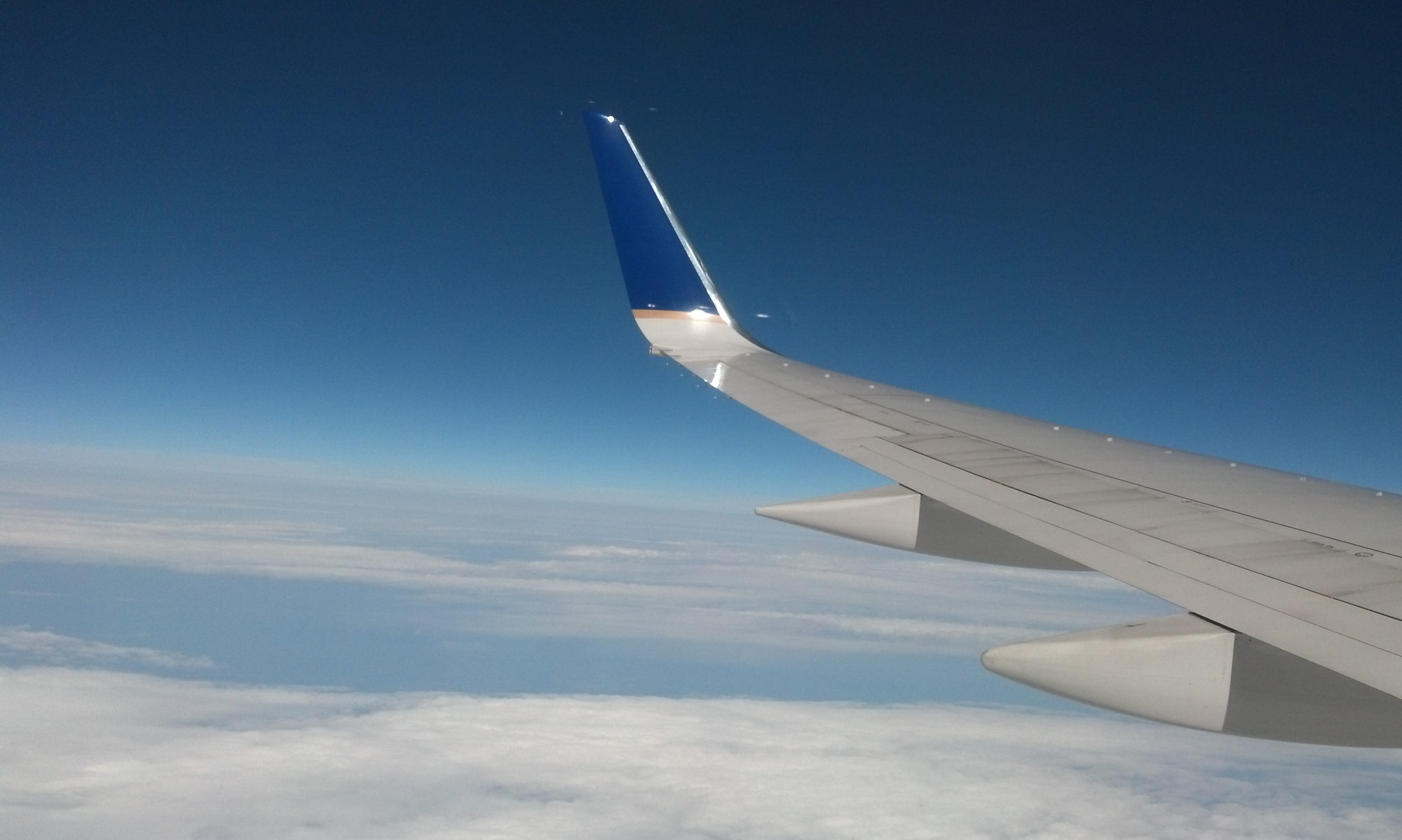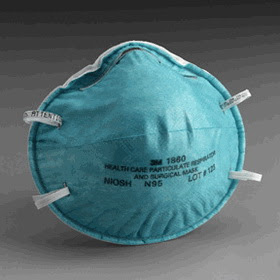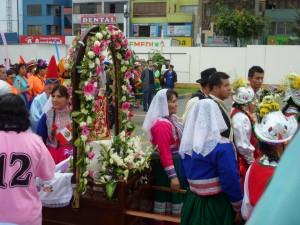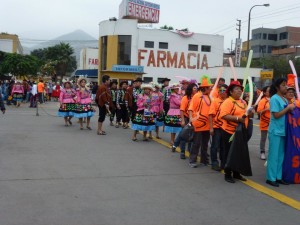A lot has happened since my last post. I started my rotation in tuberculosis, and I absolutely love it! It´s very interesting work. Most of what is done in the lab involves processing samples in order to determine whether or not a patient does indeed have TB and, if so, if the bacteria are resistant to four different drugs commonly used in the treatment of this disease. Secondarily, the lab also aims to develop more time and cost efficient methods of processing samples that involve less equiptment and less training of lab technicians. This is of interest to a large portion of Perú, since many TB cases occur far from large cities. Therefore, it would be advantageous for small clinics to be able to process samples of patients suspected of having TB. This could be relevant to other less-developed countries as well.
TB is an airborne disease, meaning that it’s transmitted through the air. So, we work in a biological safety level (BSL) 3 lab and take a lot of precautions to prevent contracting this disease, including wearing N95 masks like this one:
Last week I had a bit of a head cold, so for two days I wasn’t allowed in the BSL3 lab. This was a precaution taken not only to protect myself while my immune system was occupied, but also to prevent me from contaminating the samples with whatever microbe was infecting me. So, I was confined to the microscopy room where we look at smears that have been processed using Ziehl–Neelsen staining. We use both light and fluorescent microscopy to determine if the samples do in fact contain TB. If the samples are positive, we use a +/++/+++ system to approximately rate the confluency of the bacteria.
The other day we had a earthquake drill during which we practiced what to do in the event of an earthquake (it really just involves getting outside as quickly as possible and standing away from any buildings/trees). Thankfully there have only been a few minor tremors since I´ve been in Perú so I haven´t had to worry about this yet. Regardless, it´s still good to know what to do in case one did happen, especially since I have no experience with earthquakes from the States.
La Universidad Peruana Cayetano Heredia, the institution at which I´m working, is celebrating its 44th anniversary this week. So, there have been a lot of activities, including soccer tournaments and parades.
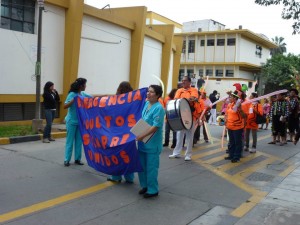
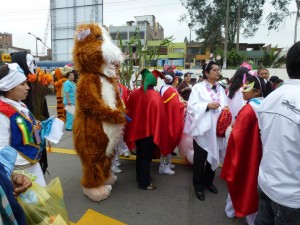
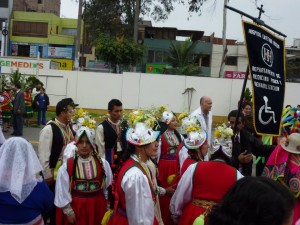
In rereading my previous posts, I realized that I haven´t addressed one of my favorite aspects of Peruvian culture — the food!!! In my opinion, Peruvian food should be internationally renowned. A few of my favorites are lomo saltado (beef served with french fries, vegetables, and rice), aji de gallina (chicken in aji (a type of sauce) served with rice, egg, and olives), and chifa (Chinese food served with a Peruvian flare). There are also a lot of American foodchains here, including Chilis, McDonalds, KFC, and Burger King. However, these restuarants are fancier here thank in the US, and the food is of better quality. Unfortunately I don’t have any pictures of the food to post right now, but I will be sure to add those in the future.
Perú celebrates its independence day on July 28, so that’s coming up soon! All the houses now have flags on them (one of my Peruvian friends told me that it’s mandatory to have a flag on top of your house during this time of year. If you don’t comply, he said you have to pay a fee to the government). Anyways, the city is absolutely covered in red and white. I was in Perú last year for their independence day as well, and I’m really looking forward to celebrating it here again!

